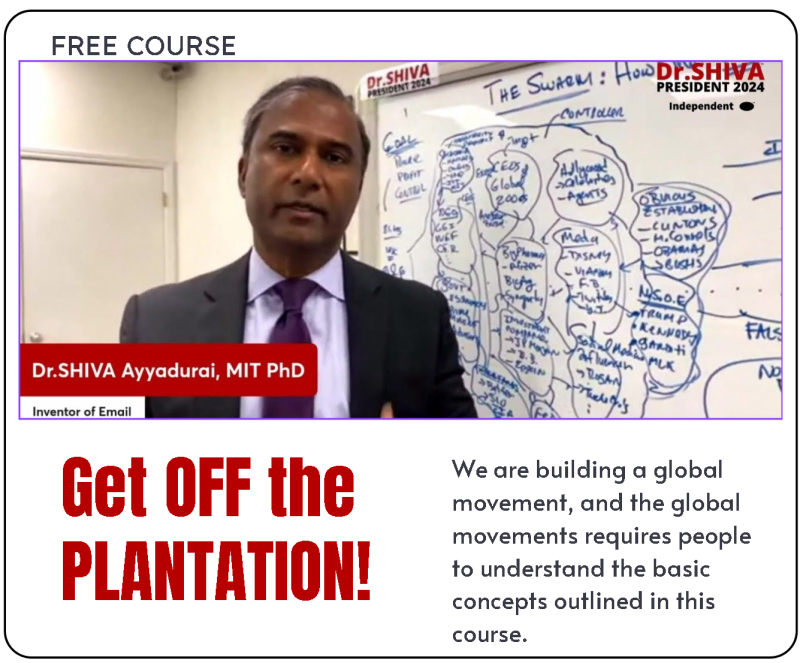
By Dr. V.A. Shiva Ayyadurai | June 30, 2016
A Journey to Find Patterns of Connection Across Diverse Worlds
By Dr. V.A. Shiva Ayyadurai
Our faces reflect our journeys across multiple worlds, starting at home to beyond and back to our self. The beauty of life perhaps lies in our common struggles to find patterns of connection across those worlds. While the particular scenes and characters of that journey may differ, the search for meaning to face our self with kindness, love and acceptance remains unchanged. The journey to share my experience with you is no different.
The worlds I experienced were ancient and modern, art and science, mind and body. Across these worlds, I sought connection between the magical holism of the East with the scientific rigor of the West. A journey across East and West, Science and Tradition, Ancient and Modern.
The Land of Chaos: Mumbai, India
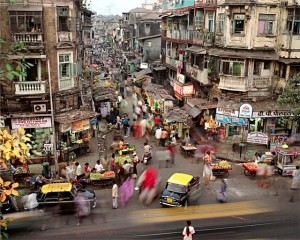
My journey begins in India where I came to love chaos and diversity. I was born in Bombay (now Mumbai, India).
Many religions, classes, castes, cultures, races, colors and languages melded into a sensory bazaar. The view from our apartment offered a jolt to one’s senses. I saw skyscrapers and modern buildings made of glass, metal and steel that stood side-by-side huts made from twigs, grass, old tires, straw, mud and wires.
buy tadalafil free viagra online https://jersey-hemp.com/wp-content/languages/en/tadalafil-free-viagra.html no prescription
Our neighbors were Jews, Christians, Hindus, Jains and Zoroastrians. Sadhus and yogis meditated along the road. Transvestites, transsexuals, gays, straight men, women, and children walked hand in hand. Being multi-lingual was the rule, not the exception. At home, we spoke Tamil; in school, English; on the streets, Hindi; with friends, Marathi.
The streets were extreme. People walked. Others pulled rickshaws. Bicycles and Mercedes rode side by side. Beggars crawled. Boeing 747s roared. The smells of roasting peanuts, scrumptious curries, diesel exhaust, roadside pooris, and cow dung were all in the air. The outdoor markets offered sugar cane juice, goat brains, 24-karat jewelry, jackfruits, radios, malas, incense, parrots, and fragrant spices. Women in colorful gold, blue and red saris strode by women decked out in the latest Italian fashion. Men wearing the traditional Nehru jackets, white dhotis, and hats conversed with businessmen in Armani suits.
From Mumbai to Muhavur
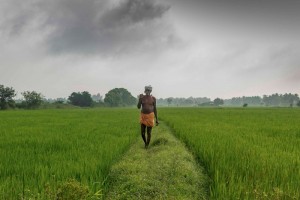
In the summers, the scenes changed. Bombay disappeared. A long two-day overnight journey, on an old Wild West like caboose train took me to Muhavur, in remote South India, in the state of Tamil Nadu. This was the land of my ancestors, ancient and serene. An emerald landscape of rice and cotton fields, mango and coconut groves, streams and mountains gently awoke and soothed the senses.
Clean air, fresh water, small dirt roads, a million stars, sunrises, sunsets, bright smiling faces, huts of hand-made red bricks, palm-leaf roofs, innocent cows, calves and adorable temples were the backdrop. Minimal electricity, no running water, and a few scattered phone booths brought one to a different reality. This was the village of my grandparents, hardworking farmers, who tilled the fields, awoke at 4AM and slept at dusk. They lived simply, devoted to land and God.
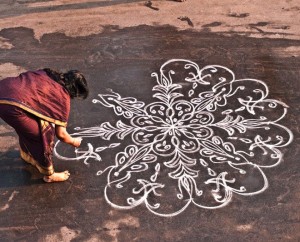
She used milled white rice flour that flowed through her hands, like sand passing through an hourglass, to make abstract geometric and symmetric designs, resembling mandalas. Sometimes I would wake up early just to watch her drawing the kolam, a process whichwas indescribable, and visions emanating from her mind ’s eye onto the red brown earth leading to the home. The designs were said to evoke the Gods and put the one who looked upon them into different states of consciousness.
As one came home, one could not avoid the kolam, a reminder one was entering a special place. Two solid teak doors were the entrance into a small 10-foot by 12-foot room, which were the living room, dining room and sleeping room. Ahead, one could see the kitchen, where something was always cooking. The fragrance of cumin, ginger, cardamom, red pepper, and freshly grated coconut filled the air.
Heroes: Gods and Shamans
In the living room, near the edge of the ceiling, along all four walls, hung pictures of great deities and heroes such as Shiva, my namesake, who destroyed, created and transformed; Rama, the virtuous and noble hero of the Ramayana; Devi, the mother Goddess; Parvathi, wife and consort of Shiva; Ganesha, the elephant headed one who removed obstacles; Jesus, God’s avatar and the Savior of mankind; Saraswati, the Goddess of knowledge; Lakshmi, the Goddess of wealth, and many others. The smell of subtle incense and Vibbuthi, holy ash, was always in the air. My favorite was the deity Muruga, who graced the small altar, and was known as the teacher of teachers or guru of gurus, whose familiar was the peacock and above whose picture hung a beautiful single peacock feather.
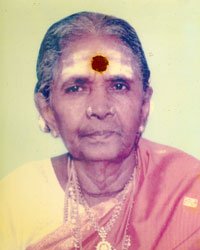
My grandmother, Chinnathai, knew the ancient arts, could channel spirits, was known to be clairvoyant, had knowledge of the great herbs and medicines for nearly any ailment, and would do rituals and mantras to heal those who requested. She was the youngest of sixteen children — the only daughter. Her arms were marked with amazing tattoos. She had a nose ring. Her hair was pitch black, she chewed tobacco and betel leaf. Her face was like the earth, dark and hues of red, with eyes that extended to the beyond and lines that marked her journeys of many life times.
She had grown up in Burma, the land of cobras and Buddhism. After giving birth to my father, she did not have any other children for nearly five years, which was seen as heresy in that culture. There was serious talk of marrying another woman to my grandfather. She and my dad made pilgrimages to many Buddhist temples; finally, one monk with a “face of pure light,” as my father describes, gave him a mantra initiating him to meditation, a gold Burmese coin, and a promise that on December 2, he would have a brother born. As predicted, my Uncle Siva was born on that day and to this day wears a chain with the same Burmese coin. My grandmother then went on to have six other children.
Healing the Sick
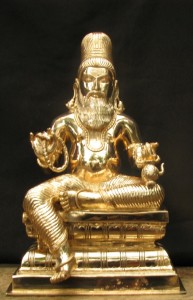
Everyday someone would always come to her asking for help, and on weekends, long lines extended from her door. I was amazed by her ability to diagnose someone’s problem by simply observing his or her face. She had learned from yogis, monks and adepts including Siddhars, the practitioners of Siddha. My grandmother was an expert at reading the face. She shared with me how the Siddhars believed that the entire cosmos including the smallest particle to the largest universes were connected by consciousness and energy.
buy apcalis oral jelly online https://jersey-hemp.com/wp-content/languages/en/apcalis-oral-jelly.html no prescription
I remember how she would carefully observe someone’s face, seeing things that I would overlook. Her powers of observation, without any instruments, were incredible. She saw colorings, marks, moles, lines, locations and asymmetries. Her mind and training then connected these features to areas of imbalances in the body. After determining the issues, she would then prescribe a treatment.
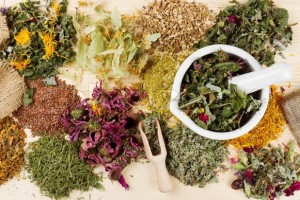
Sometimes it was taking an herb, other times she gave certain sounds or mantras to repeat, and when necessary performed a body manipulation. These treatments were aimed to correct the imbalances that she diagnosed from the face. The lines only grew outside her door. No one was refused; no payment was ever required. This was not her occupation; farming was where she worked the rice and cotton fields, sometimes putting in sixteen-hour days to make ends meet. I thought everyone had a grandmother like her.
It intrigued me how she could make such a fast diagnosis and provide an immediate solution. She taught me many of the basics of face reading. It was easy to spot a person with distressed liver by noticing the vertical line in between the forehead. I had recalled a few years ago when my father was once admitted to the hospital, that a week went by without doctors being able to diagnose what was going on. I came to the hospital. By observing his face, I knew it was his thyroid. I took him home and gave him a mixture of herbs. He had been there for a week, and the intern had no idea what was wrong, after doing hundreds of tests. Within a few days, he was up and around.
The Warrior’s Duty to Heal
She had said to heal people one had to have the attitude of a warrior with a desire to serve and realize that being able to serve others was a gift from God. She was the last remaining one, fifteen of her other siblings had died off. She had adored her father, who she described as Robin Hood. He literally stole from the rich and gave to the poor, and was beloved by all. She loved to tell me stories of him and the great epics of Indian lore, of Gods and Demons, Good and Evil, how virtue and honor always overcame deceit and control. Perhaps that was what gave me the inspiration, later in life, to expose the corruption within the Indian bureaucracy.
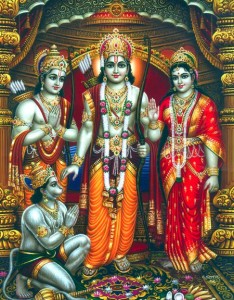
Gossip was never allowed in her home. At night, I would lie my head in her lap, and she would tell me those ancient stories, and I would always ask her what they meant, and she would counsel me gently of the age-old truths of being true, kind, courageous and standing up for those who were less fortunate, reminding me that we are Spirit, and the more we were good, the more God’s light would shine through our eyes and face.
She would tell me stories of the great Rama, who fought the evil Ravana, who had stolen Sita his beloved wife. Rama was bold and fought with honor, finally overcoming Ravana and bringing back his wife home to safety. That great epic of the Ramayana, the valiant journey of Rama, and the bond between him and his devoted brother Lakshman, who do anything for Rama, embedded in me a grand and uncompromising idealism for making the world a better place, fighting for justice, finding True love and having devoted friendships.
Initiation, Mission and Duty
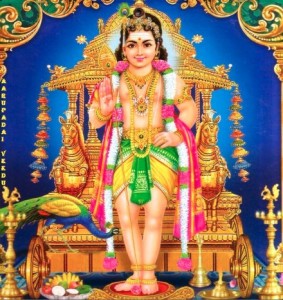
Grandmother said that being a healer did not mean one just gave medicines or did face reading, one had to come with the right intention. I recall after coming to the United States and then returning to see my grandmother how an amazingly simple and spiritual existence they lived. Their material base, in comparison to the US way of life, was that of poverty. As I left India that time, I remember both of them waving goodbye to me, with all of us in tears, and I made a decision to develop myself to help not only their situation, but also the situation of many like them, who were of the earth, pure and simple, to find a better life, so that their values could also be spread elsewhere. In my hand, I took with me that peacock feather that hung above the great deity Muruga, a gift from my grandmother
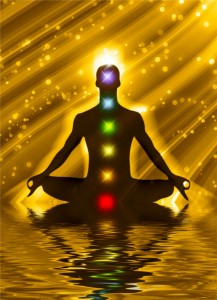
Before I had left India, my grandparents initiated me in mantra, meditation and visualization. They shared with me the immense power of these practices and made me promise that I would pursue these ancient practices with the right intention. They spent a great deal of time explaining to me that intention was everything. Even the practices of yoga, meditation, dietary practices had to be pursued with the singular intention of purifying one self to become more transparent so God’s great Light could shine through us; otherwise, my grandmother said that one could easily head down the path of arrogance and vanity, the path of darkness. She told me that just because I meditated or did yoga or ate right, did not mean that I was a better person; in fact, one could end up becoming the exact opposite and manifest all the seven deadly sins.
Everything made sense when I was in Muhavur, where I could walk barefoot, bathe in streams, know that Nature was at every corner, seeing where my food came from, and rely on the barest essentials, watching cows leaving to graze each morning, fresh raw milk, and cream so sweet. At night, it was a wonder to walk through the narrow streets, with the smell of the most amazing coffee in the world, people smiling, small wood fires burning, and looking up and seeing a thousand stars. And the food, made with such love and care, livening to every sense. We talk about organic food today and struggle so hard to get it; they lived a totally organic and sustainable life.
I left all that behind with that peacock feather, a reminder of all that my grandmother had taught me. I came to the United States with this desire to excel so I could one day become a great healer like my grandmother.

About Dr. V.A. Shiva Ayyadurai
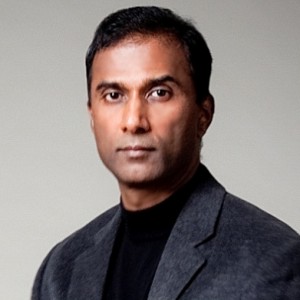
Dr. V.A. Shiva Ayyadurai, the inventor of email and polymath, holds four degrees from MIT, is a world-renowned systems scientist, inventor and entrepreneur. He is a Fulbright Scholar, Lemelson-MIT Awards Finalist, India’s First Outstanding Scientist and Technologist of Indian Origin, Westinghouse Science Talent Honors Award recipient, and a nominee for the U.S. National Medal of Technology and Innovation. His love of medicine and complex systems began in India when he became intrigued with medicine at the age of five as he observed his grandmother, a farmer and healer in the small village of Muhavur in South India, apply Siddha, India’s oldest system traditional medicine, to heal and support local villagers. These early experiences inspired him to pursue the study of modern systems science, information technology and eastern and traditional systems of medicine to develop an integrative framework linking eastern and western systems of medicine.
In 1978, as a precocious 14-year-old, after completing a special program in computer science at the Courant Institute of Mathematical Science at NYU, Ayyadurai was recruited by the University of Medicine and Dentistry of New Jersey (UMDNJ) as a Research Fellow, where he developed the first electronic emulation of the entire interoffice mail system (Inbox, Outbox, Folders, Address Book, Memo, etc.), which he named “EMAIL,” to invent the world’s first email system, resulting in him being awarded the first United States Copyright for Email, Computer Program for Electronic Mail System, at a time when Copyright was the only protection for software inventions.
Ayyadurai went on to receive four degrees from MIT, including a bachelors in electrical engineering and computer science, and a dual master’s degree in mechanical engineering and visual studies from the MIT Media Laboratory. In 2003, he returned to MIT to complete his doctoral work in systems biology within the Department of Biological Engineering, where he developed CytoSolve®, a scalable computational platform for modeling the cell by dynamic integration of molecular pathways models. Following his doctoral work, he returned to India on a Fulbright, where he discovered the systems theoretic basis of eastern systems of medicine, resulting in Systems Health®, a new educational program that provides a scientific foundation of integrative medicine. While at MIT, he also developed a pioneering new course called Systems Visualization which integrates systems theory, narrative story telling, metaphor and data visualization to provide visualization of complex systems. More…
Dr. V.A. Shiva Ayyadurai Inspiring Children, Students, Professionals and World Leaders
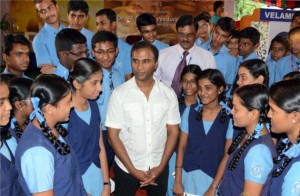
Dr. Shiva is recognized as an expert in a wide range of subjects from artificial intelligence, marketing and consumer behavior to nature cure and Eastern medicine and has presented research papers throughout the United States and Europe. He was awarded the prestigious “Fulbright Scholarship” to study and explore the intersection of Eastern and Western medicine.
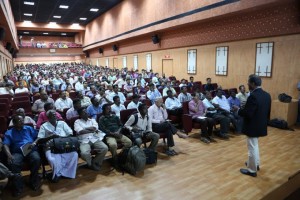
A prolific writer, he has published three books and a number of white papers and research papers. His books Arts and The Internet: A Guide to the Revolution and The Internet Guide to Publicity give a rare insight into the birth, evolution and future of the Internet and remain the preferred choice for general readers and students of the Internet nearly a decade after they were published. His most recent book, The Email Revolution published in July, 2013, provides a glimpse into VA Shiva’s invention of email in 1978 as a 14-year old high school student in Newark, NJ and demonstrates how he has helped organizations of all types to realize the infinite potential of email to strengthen their brands and reach their audiences in creative ways.
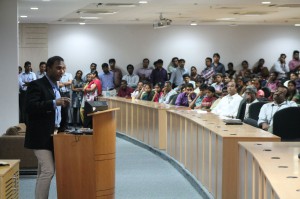
Dr. Shiva enjoys speaking to youth and inspiring them to be creative and inculcating the spirit of innovation in them.
He has been invited to speak at schools, colleges and universities, industry and trade seminars, and corporate events and meetings on the importance of innovation and entrepreneurship. Dr. Shiva has also met and conferred with world leaders.
Invite Dr Shiva Ayyadurai to Speak at an Event
Dr. V.A. Shiva Ayyadurai is available to speak at schools and colleges, universities, industry and trade seminars, corporate events and fund-raisers.
Please fill the form below and submit to request a speaking engagement with Dr. VA Shiva Ayyadurai.


